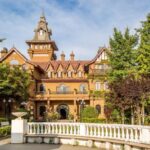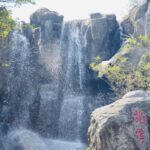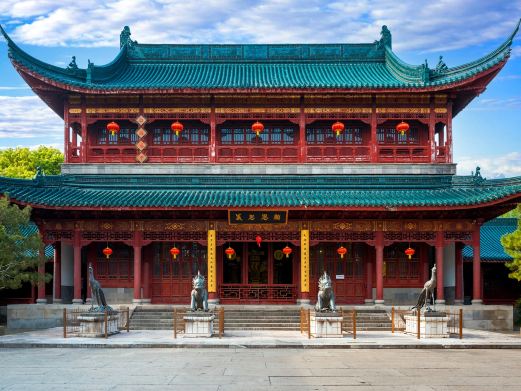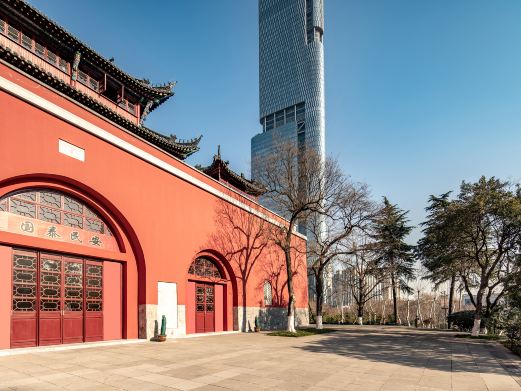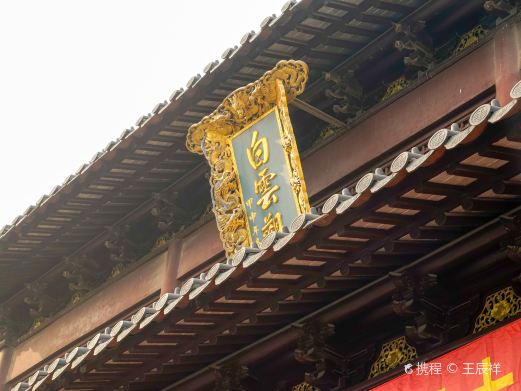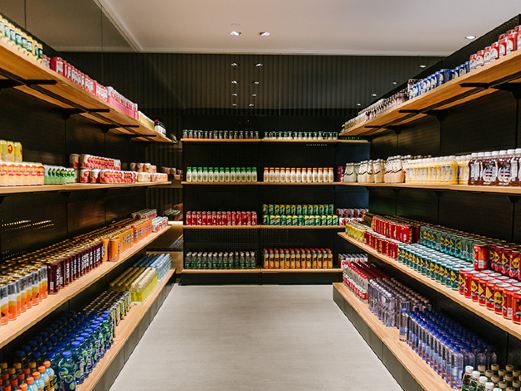Anfeng Town was established as early as the Kaiyuan period of the Tang Dynasty. In the Ming Dynasty, it was one of the famous ‘ten salt fields in central Huainan’. There are currently four historical streets and 38 ancient alleys in the town, as well as more than 30 buildings from the Ming and Qing dynasties. The more than 150,000 square meters of ancient architectural complex represented by the ancient Nanshiqiao Street as the central axis and the Bao’s architectural complex fully shows the unique style of the integration of Shanxi-Anhui merchants and the local architectural style of Huaiyi. The Anfeng Ming and Qing ancient street is located at the southern end of Anfeng old street and is composed of two sections: Hebei Yu Street on Nanshiqiao Street. It is a well-preserved part of Anfeng’s ‘seven-mile long street’. It is 378 meters long, and the middle section retains a flagstone street surface. There are seven alleys on the east side of the street. In the block, there is a provincial-level cultural relic protection unit – Bao’s Building, and a Yancheng municipal-level cultural relic protection unit – Wu’s Ancestral Hall (the ancestral hall of Wu Jiaji, a salt farmer poet in the late Ming and early Qing dynasties). There are also former residences of celebrities – painter Ge Xianglan, enlightened person Qian Qian, educator Hou Xiangshi, etc. The scale of Anfeng’s ancient residential architectural complex is so large that its degree of preservation is very rare in the whole province and even in the whole country.
Opening hours: Open all year round from 08:30 to 17:00.Anfeng Ancient Street
Anfeng Town was established as early as the Kaiyuan period of the Tang Dynasty. In the Ming Dynasty,[...]


